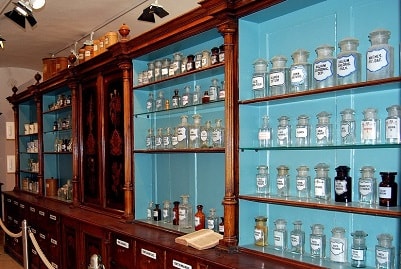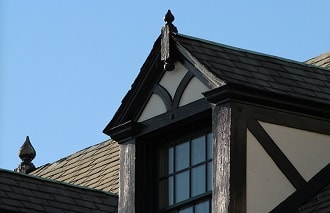Chemistry Around The Tudor Home
For the average person in Tudor times, chemistry knowledge was non-existent and frankly not important. Chemical formulation was a completely new science.
Yet they were familiar with many cleaning products, which can be considered early versions of modern chemical-based products. Although the cause for infections hadn’t been established, a link between disease and dirt was accepted and most would try to keep their households as clean as possible, despite the difficulties.

Washing The Dishes
What can be seen today as a simple task of washing pots and pans, 15th century housewives had to collect and use horsetails (Equisetum telmateia) as a scouring agent. This plant was selected because the stems are covered with silicates, which can be highly abrasive and ideal for scouring.
Washing Clothes
As it was so difficult to maintain, white linen was a sign of status and many wealthy families aspired to whiter than white bed sheets. Unfortunately for the housewives responsible for the washing, this meant hours using a strong alkaline solution prepared with ashes of dried ferns or by passing water through clean wood. For stubborn stains, human urine was added to lye, as an early version of the modern bleach. Fabrics were left in this solution for a few hours to dissolve dirt and remove stains and then exposed to direct sunlight to bleach.
Finer clothes and garments were washed with a primitive soap, obtained by boiling fat (triglycerides) and lye (sodium hydroxide, NaOH). This saponification reaction is still the basis of many processes to produce not only soap, but also many other cleaning products. By the end of the Tudor period, historians believe soap was produced in large quantities and most people would buy it, rather than make it at home.
Removing difficult stains from delicate fabrics was as much as headache then as it can be today. A common way Tudor housewives used to remove grease stains was by soaking peas overnight and using that water to wash or brush the stain with a feather dipped in this solution. It’s difficult to say how effective these treatments were, and with the panoply of chemical products available to every modern housewife, the tradition of using natural products is now lost.

Cleaning The House
Higher classes could afford to have paved floors, but the average family lived on one big room with sticky walls and an earth floor, which was impossible to keep clean. As a dust management solution, housewives kept the floor permanently damp and used fragrance oils extracted and distilled from flowers to keep away any bad smells. This was particularly important, as disease was considered to be caused by bad smells. It was common to use vinegar (containing acetic acid) to clean every household item, which actually would disinfect them effectively.
